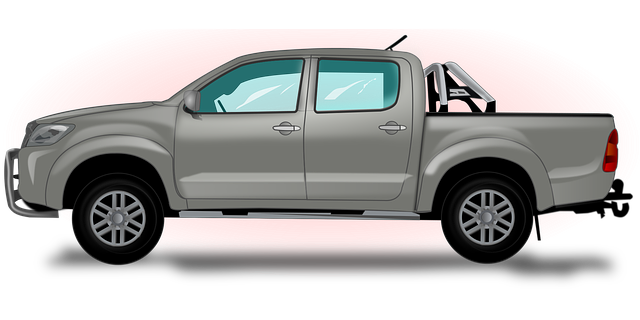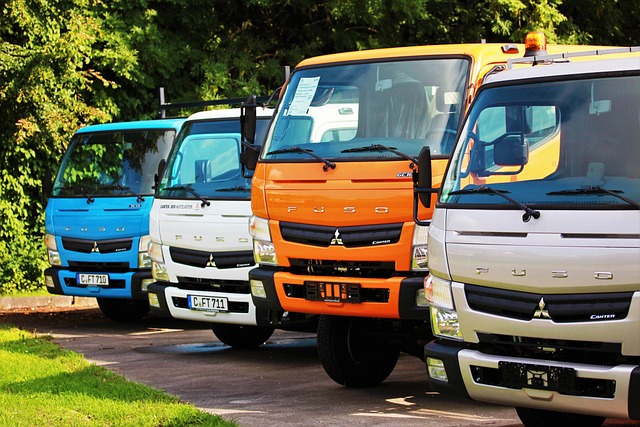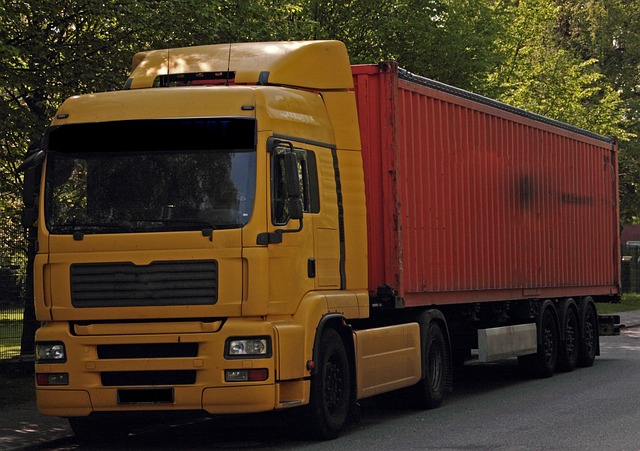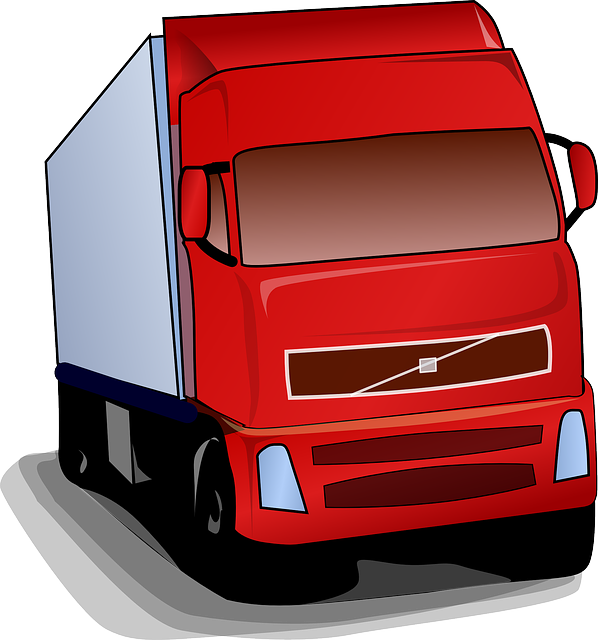Small trucking fleets require comprehensive and collision insurance to mitigate a range of risks, balancing protection against budget constraints. Fleet owners can optimize costs by bundling policies, leveraging technology for safe driving, and customizing coverage based on specific operational hazards. Strategically evaluating collision vs. comprehensive insurance, deductibles, and exclusions allows small fleet operators to ensure driver and cargo safety while maintaining financial stability.
In the world of trucking, safeguarding your fleet and managing costs are paramount. Balancing comprehensive and collision insurance with budget considerations is a delicate act for small fleet owners. This article guides you through the intricacies of trucking insurance for small fleets, offering strategies to navigate financial constraints without compromising safety. From understanding coverage needs to optimizing policies, discover how to make informed decisions that protect your investment and keep costs manageable.
Understanding Comprehensive and Collision Insurance for Trucking Fleets

Comprehensive and collision insurance are two essential components for any trucking fleet, especially when navigating the intricate landscape of trucking insurance for small operations. These policies play a pivotal role in protecting businesses from financial burdens associated with vehicle damage and liability claims. Comprehensive insurance, as the name suggests, covers a wide range of unforeseen events beyond traditional collisions. This includes protection against theft, vandalism, natural disasters, and even mechanical failures. For small trucking fleets, comprehensive coverage ensures that unexpected incidents don’t cripple their operations or lead to significant financial losses.
Collision insurance, on the other hand, is specifically tailored to protect against damage to vehicles involved in accidents. While it might seem straightforward, this type of insurance can vary widely in terms of coverage and deductibles. For small fleet owners, collision insurance provides peace of mind, knowing that their vehicles are protected if they’re ever involved in a mishap. By understanding these insurance types and tailoring them to their specific needs, trucking fleets can strike a balance between comprehensive protection and budget considerations, ensuring both the safety of their operations and financial stability.
Budget-Friendly Strategies for Small Fleet Owners

Small fleet owners often face a delicate balancing act when it comes to their trucking insurance. After all, comprehensive and collision coverage are essential components of a robust protection strategy, safeguarding against unexpected events that could cripple operations and finances. However, managing costs is equally vital for keeping a small business afloat. Therefore, fleet owners must employ budget-friendly strategies without compromising on critical insurance aspects.
One effective approach is to bundle policies. Many insurance providers offer significant discounts when multiple types of coverage are purchased together. This can include combining comprehensive, collision, liability, and even cargo insurance. Additionally, leveraging the power of technology can help reduce costs. Telematics devices that track driving behavior can lower premiums by rewarding safe and efficient driving habits. Regular fleet maintenance and driver training also contribute to risk mitigation, thereby potentially reducing insurance expenses over time.
Balancing Coverage Needs with Financial Constraints

When managing a small trucking fleet, balancing comprehensive and collision insurance coverage with budget constraints is an art. Business owners must assess their operational risks and financial capabilities to ensure they’re adequately protected without overspending. Comprehensive insurance covers non-collision incidents like weather damage, theft, or vandalism, offering peace of mind but at a cost. Collision insurance, on the other hand, is mandatory for most states and protects against accidents, providing repairs or replacements for damaged vehicles.
Fleet managers should prioritize coverage that aligns with their unique needs. For instance, if operating in harsh weather conditions, comprehensive insurance might be more beneficial. Conversely, frequent low-impact collisions could make collision insurance a better investment. Trucking insurance for small fleets requires strategic decision-making, striking a delicate balance between ensuring drivers and cargo safety while managing premium costs to maintain profitability.
Optimizing Trucking Insurance to Suit Your Budget Without Compromising Safety

In the world of trucking, ensuring optimal safety standards while managing budget constraints is a delicate balance that owners of small fleets must master. Trucking insurance for small fleets plays a pivotal role in achieving this equilibrium. By carefully evaluating coverage options, fleet operators can tailor their policies to meet both financial objectives and safety requirements. One effective strategy involves prioritizing comprehensive and collision coverage, which provides protection against unforeseen events and damage to vehicles.
When navigating the landscape of trucking insurance small fleets, it’s essential to recognize that cost-saving measures don’t have to equate to risks. By selectively choosing deductibles and understanding policy exclusions, fleet managers can minimize premiums without compromising on critical safety nets. This nuanced approach allows small fleet owners to stay competitive in their industry while maintaining robust risk management strategies.
When balancing comprehensive and collision insurance for trucking small fleets, it’s crucial to understand both the protection and financial implications. By implementing budget-friendly strategies and optimizing coverage needs, fleet owners can ensure their trucks are safeguarded without exceeding their financial constraints. Remember that the right balance between insurance and budget is key to maintaining a safe and profitable trucking operation. Focus on understanding various options, staying within your means, and prioritizing safety to make informed decisions tailored to your small fleet’s unique requirements.
